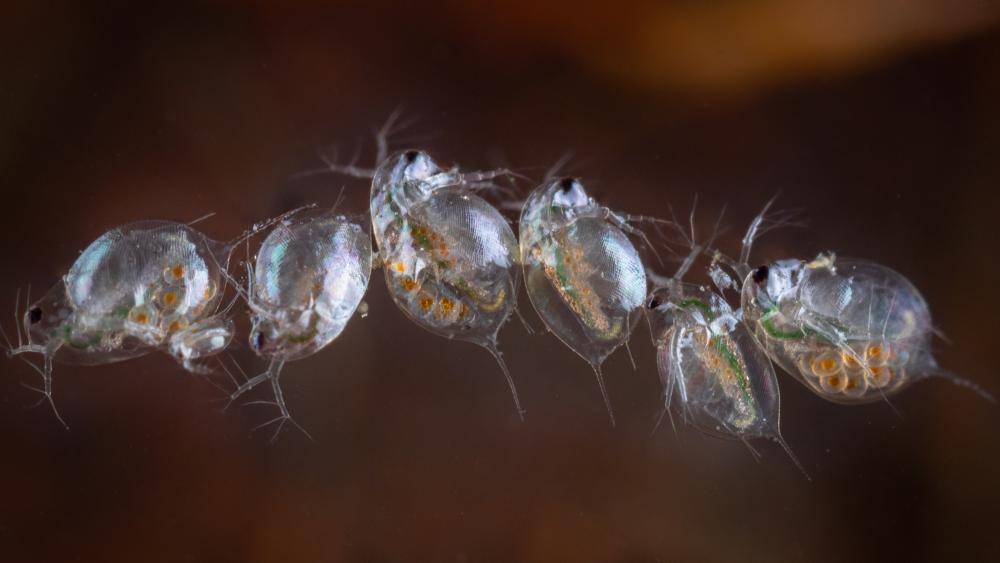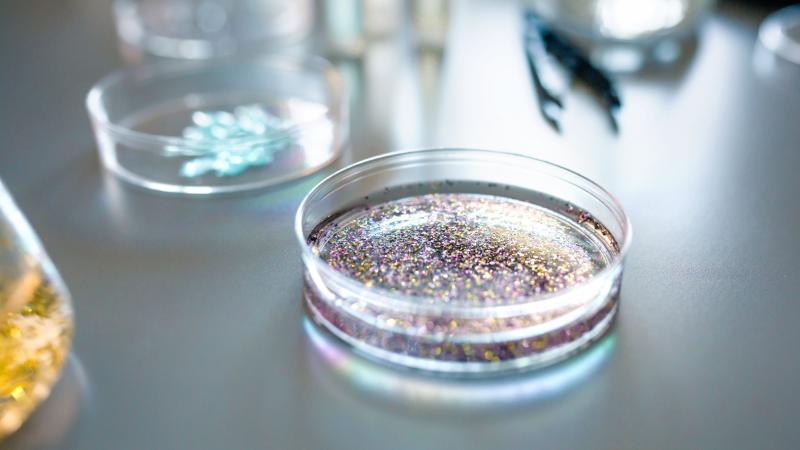
Daphnia are indicator organisms for water quality and are sensitive to microplastics. | Photo: Julian Taffner
Until now, the toxicity assessment of microplastics in the environment relied on the model organism Daphnia magna for evaluating potential hazards of microplastics to aquatic invertebrates. However, other Daphnia species are primarily found in Northern Hemisphere lakes, most notably Daphnia longispina. The current study reveals that Daphnia longispina can be more sensitive to microplastics than what has been previously published for Daphnia magna. Those results are highly relevant because they indicate that these native keystone European species may be under higher risk to microplastic pollution than previously thought.
Toxicity of microplastics: size matters
The researchers investigated the effects of microplastic particles of two different sizes. They found that bigger does not mean worse. "According to our results, polystyrene beads - a widely used plastic - with a size of 50 nanometers are among the materials with the highest acute ecotoxicity according to the scales of global and European chemical legislation," explained study leader Justyna Wolinska. Particles with a size of 100 nanometers were found to be less toxic.
The higher toxicity of the smaller particles may be explained by the fact that they remain dissolved in water better than larger particles, and the so-called bioavailability can also be higher. "We didn’t investigate the toxicity in a real lake or environmental set up. However, since plastic breaks into smaller particles over time, the potential of larger plastic pieces to generate particles of higher environmental toxicity should not be neglected," cautioned Abel Machado, one of the authors of the study. "The present results show that microplastic particles pose a potentially high hazard, with the toxicity level significantly influenced by particle size,“ added Nesar Ghadernezhad, who conducted the research as part of her MSc thesis at IGB, and who is the second first author of this study.





